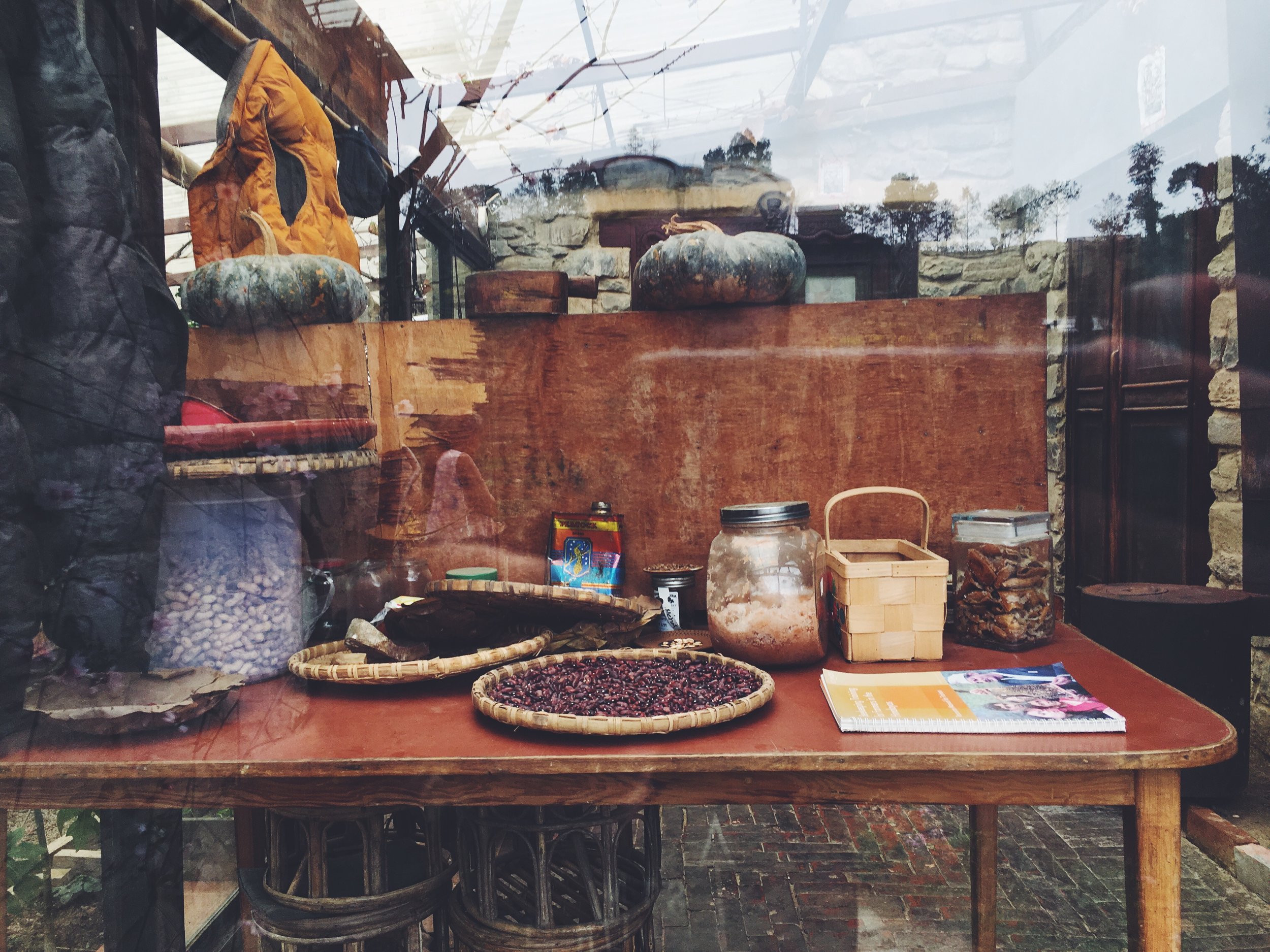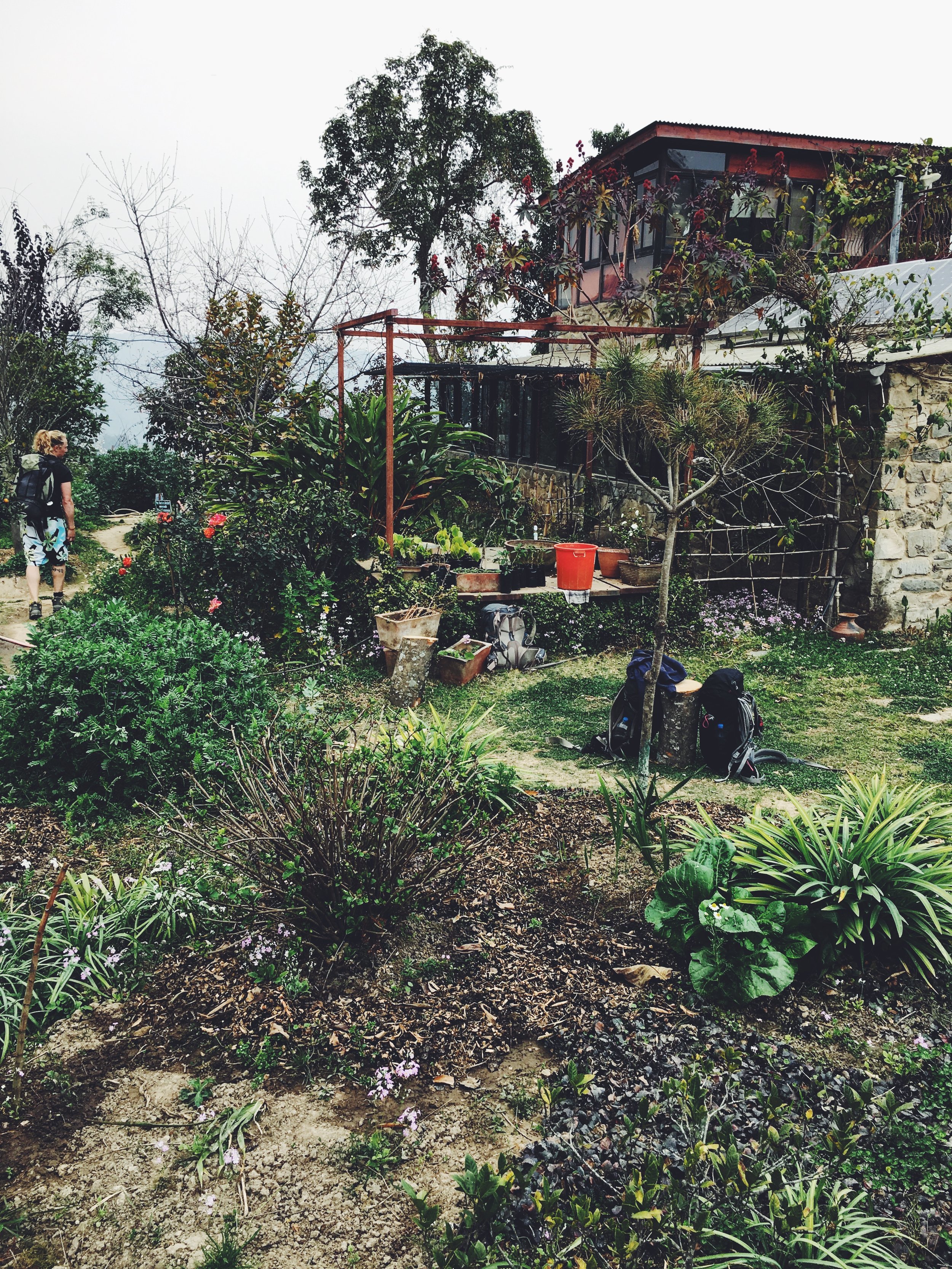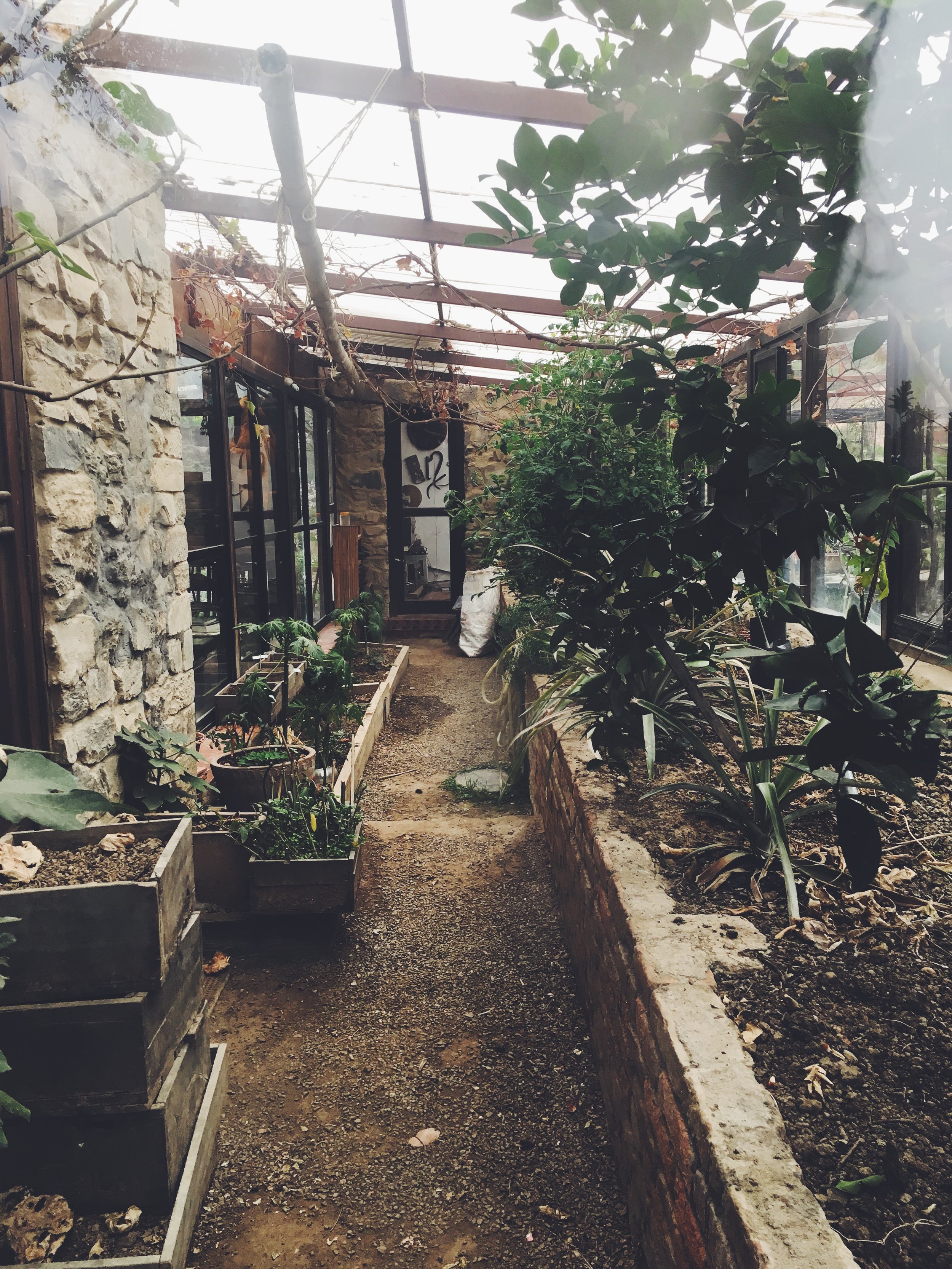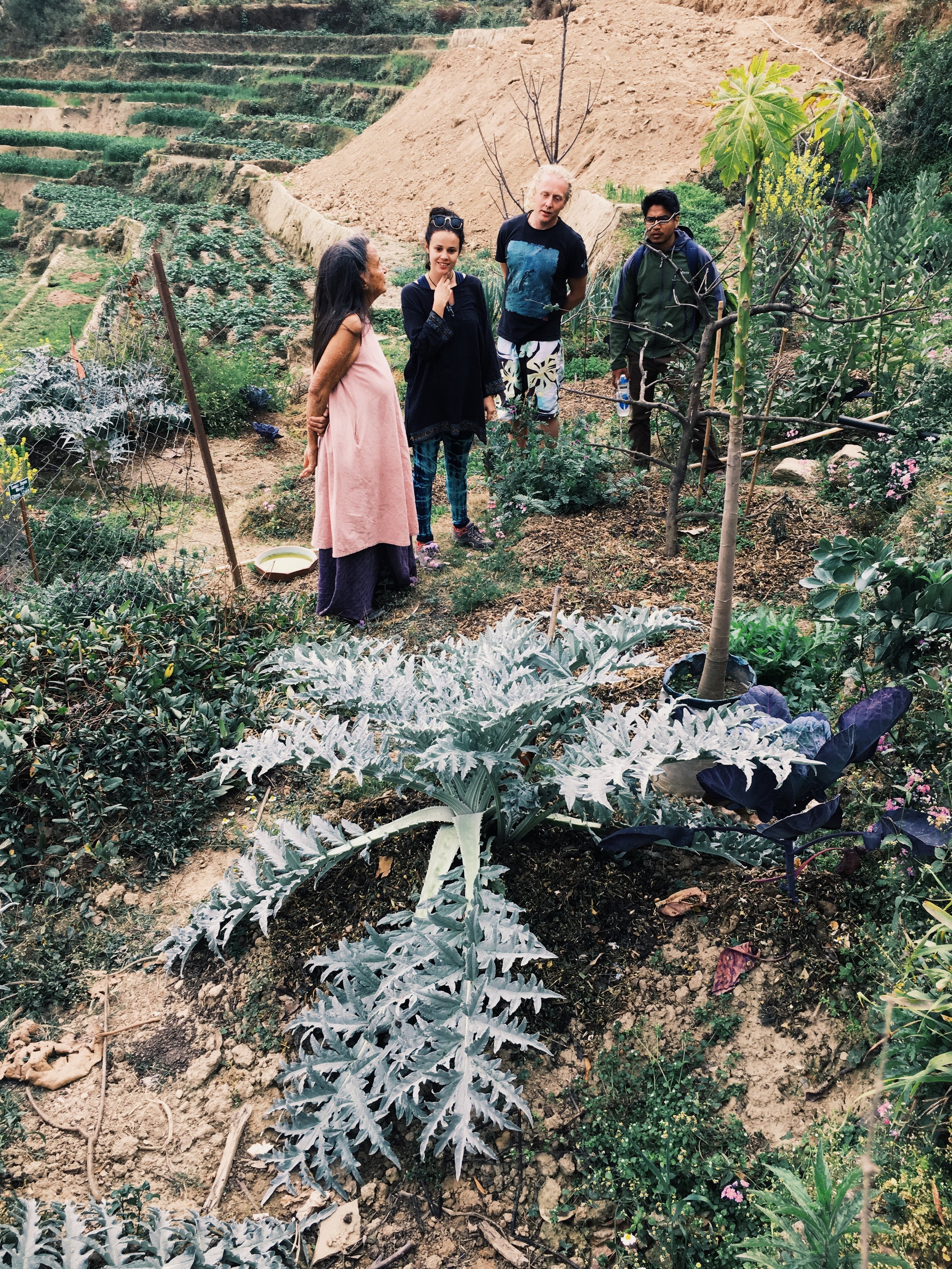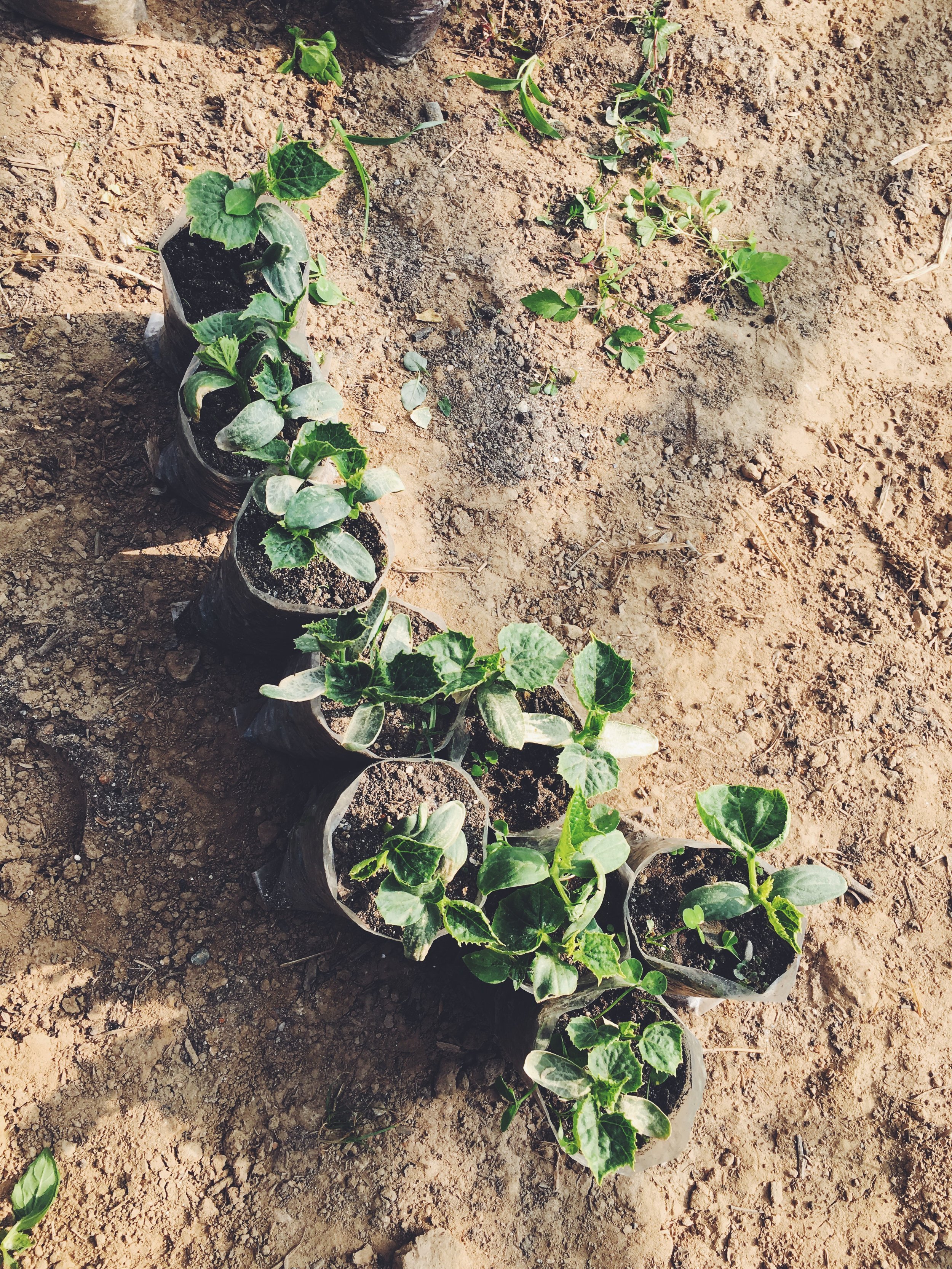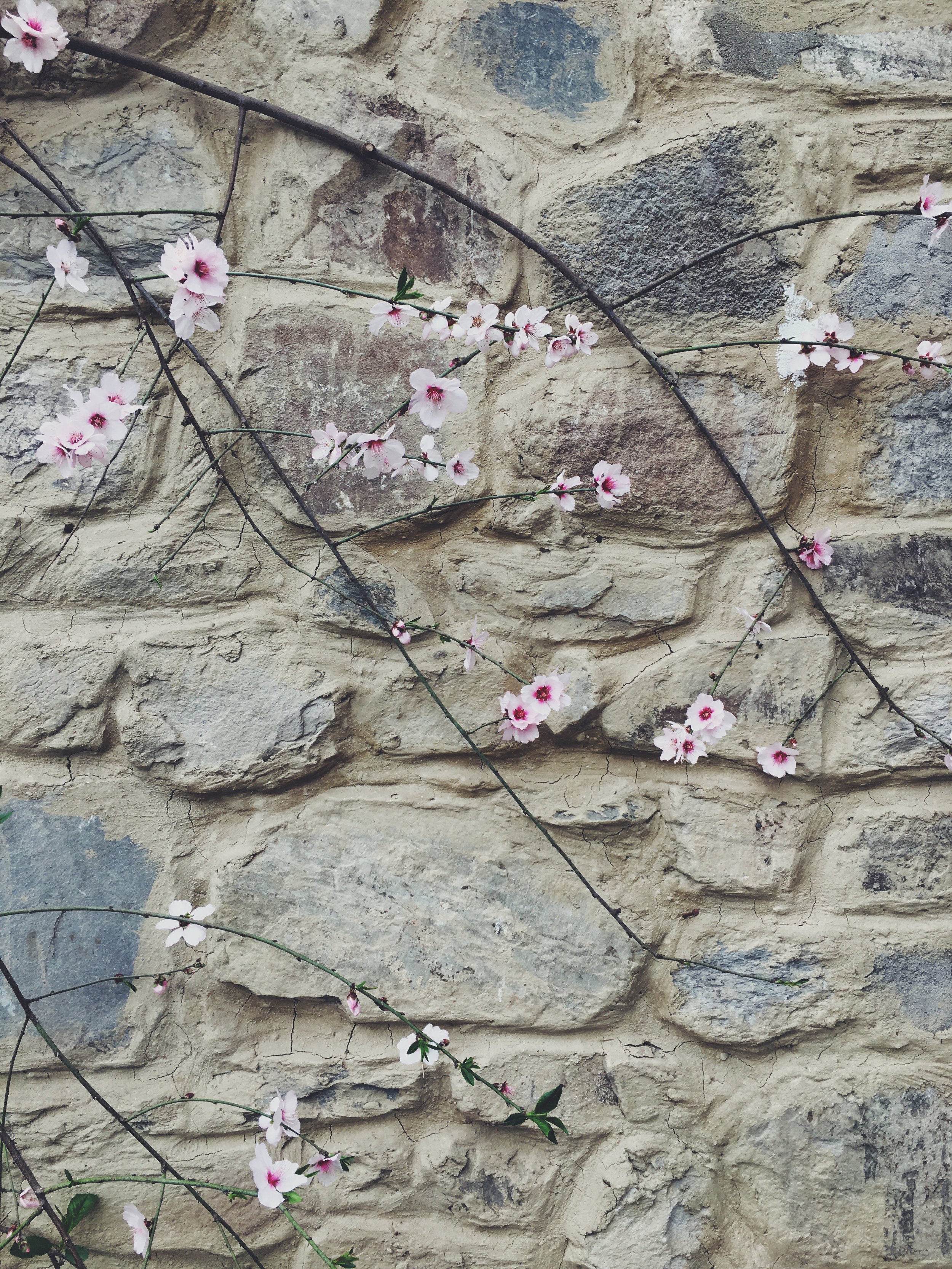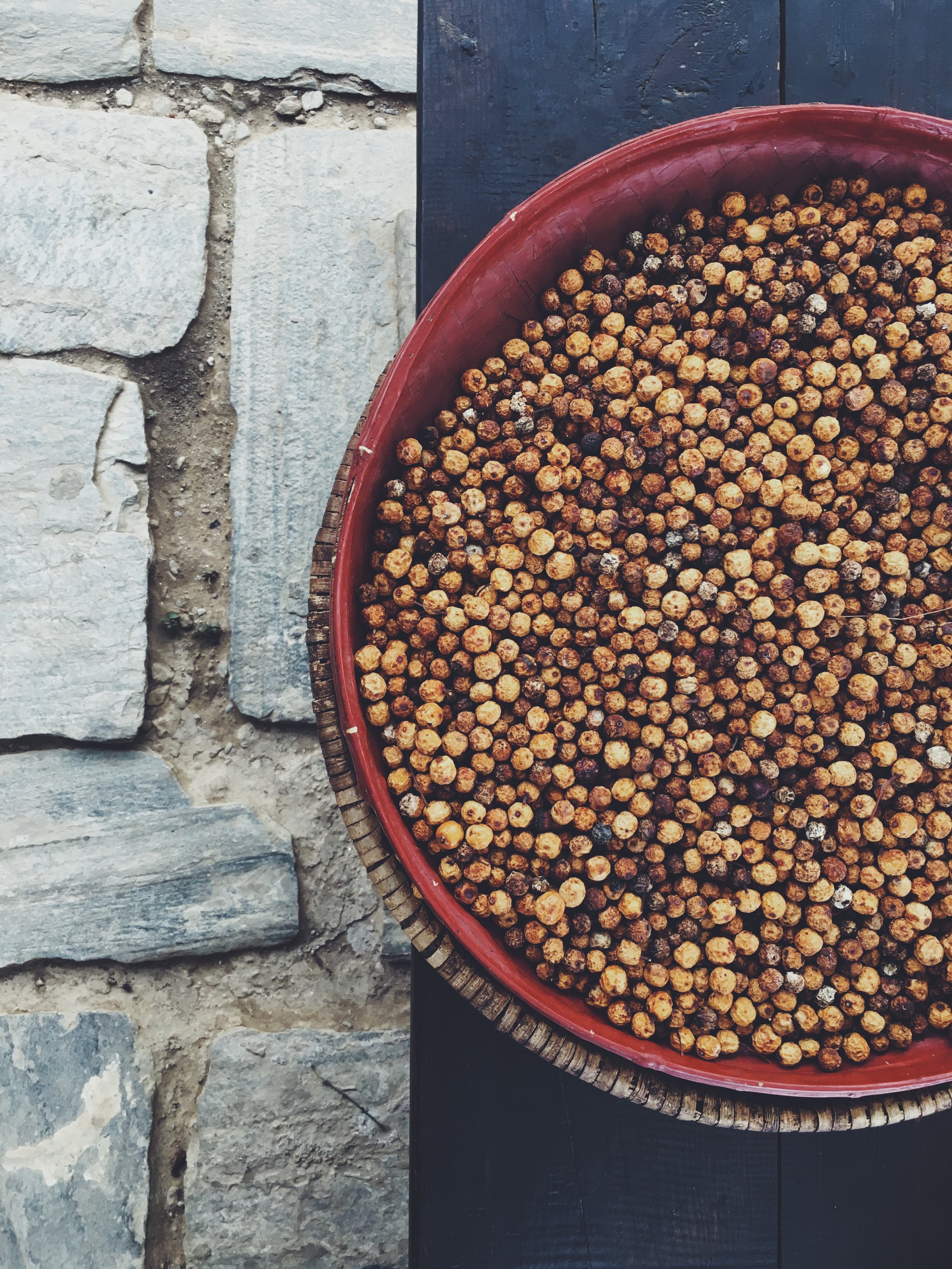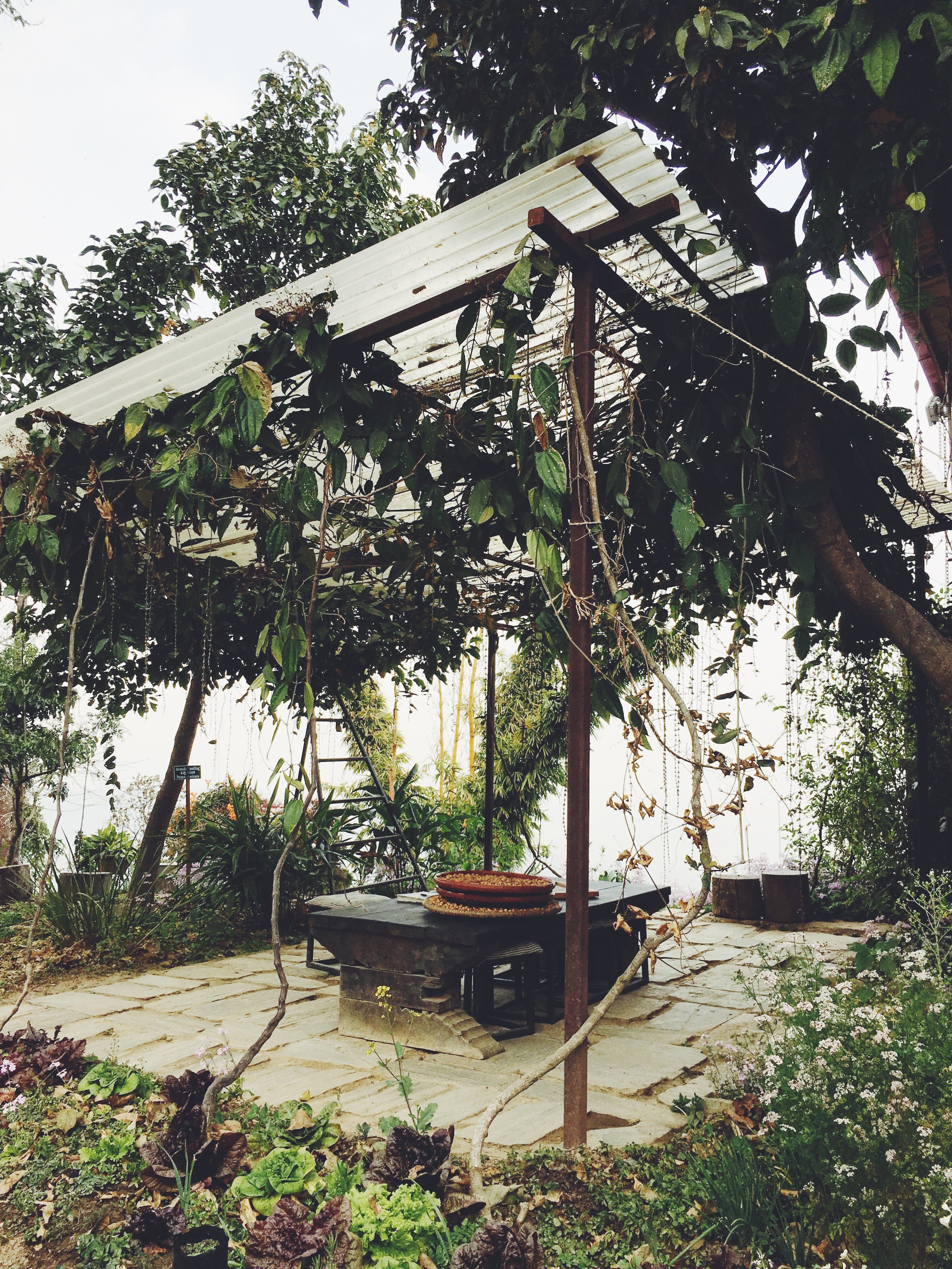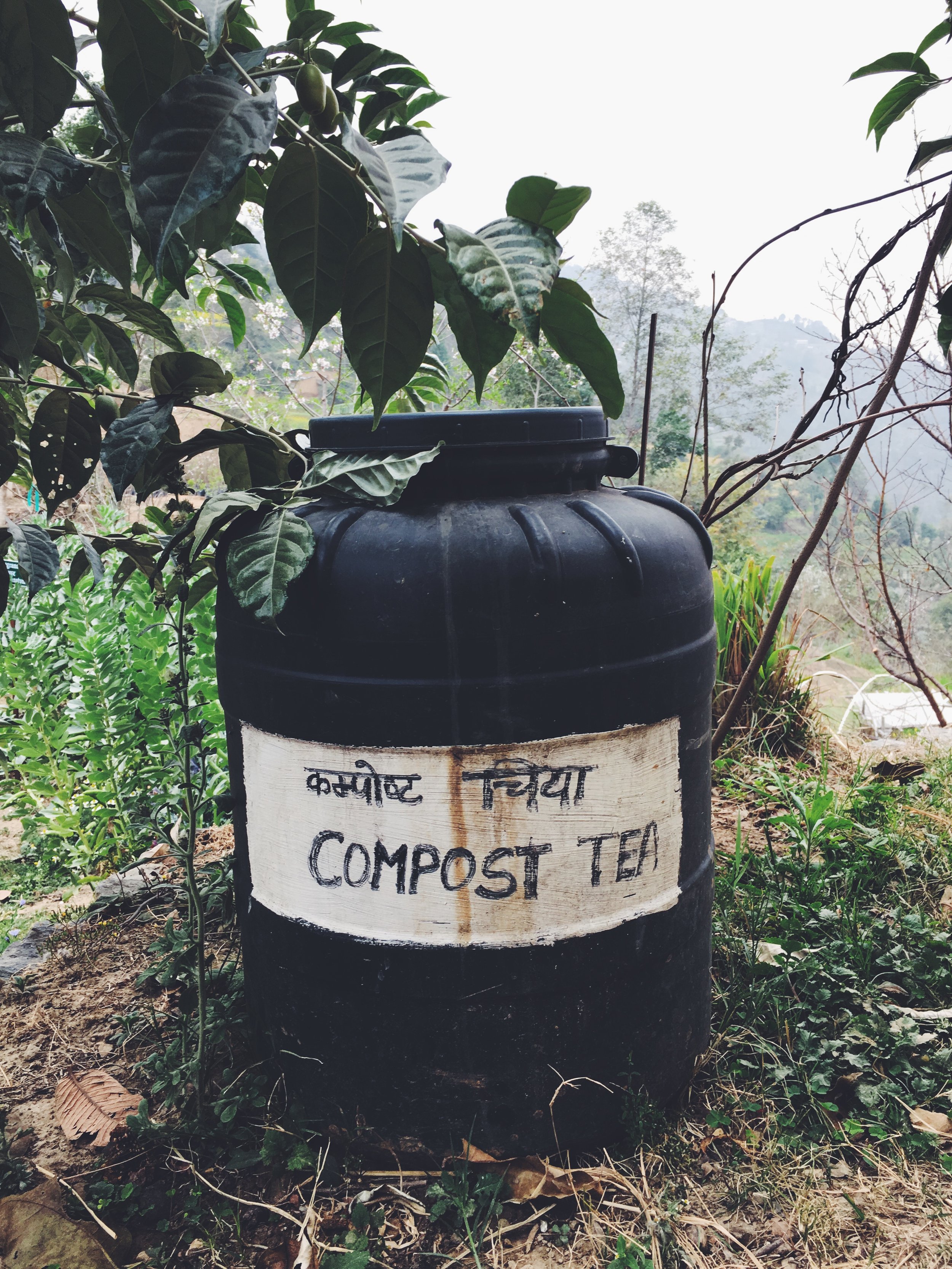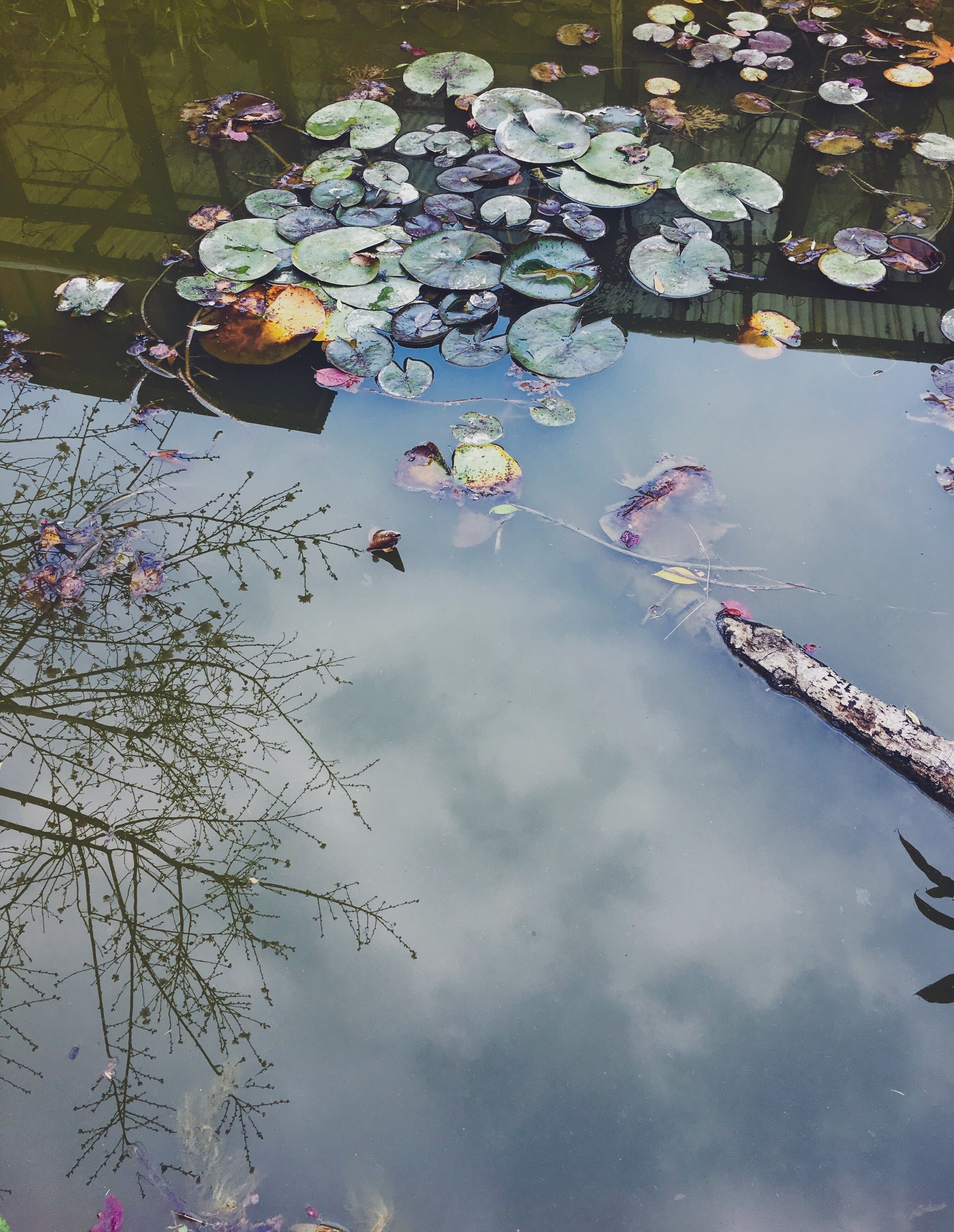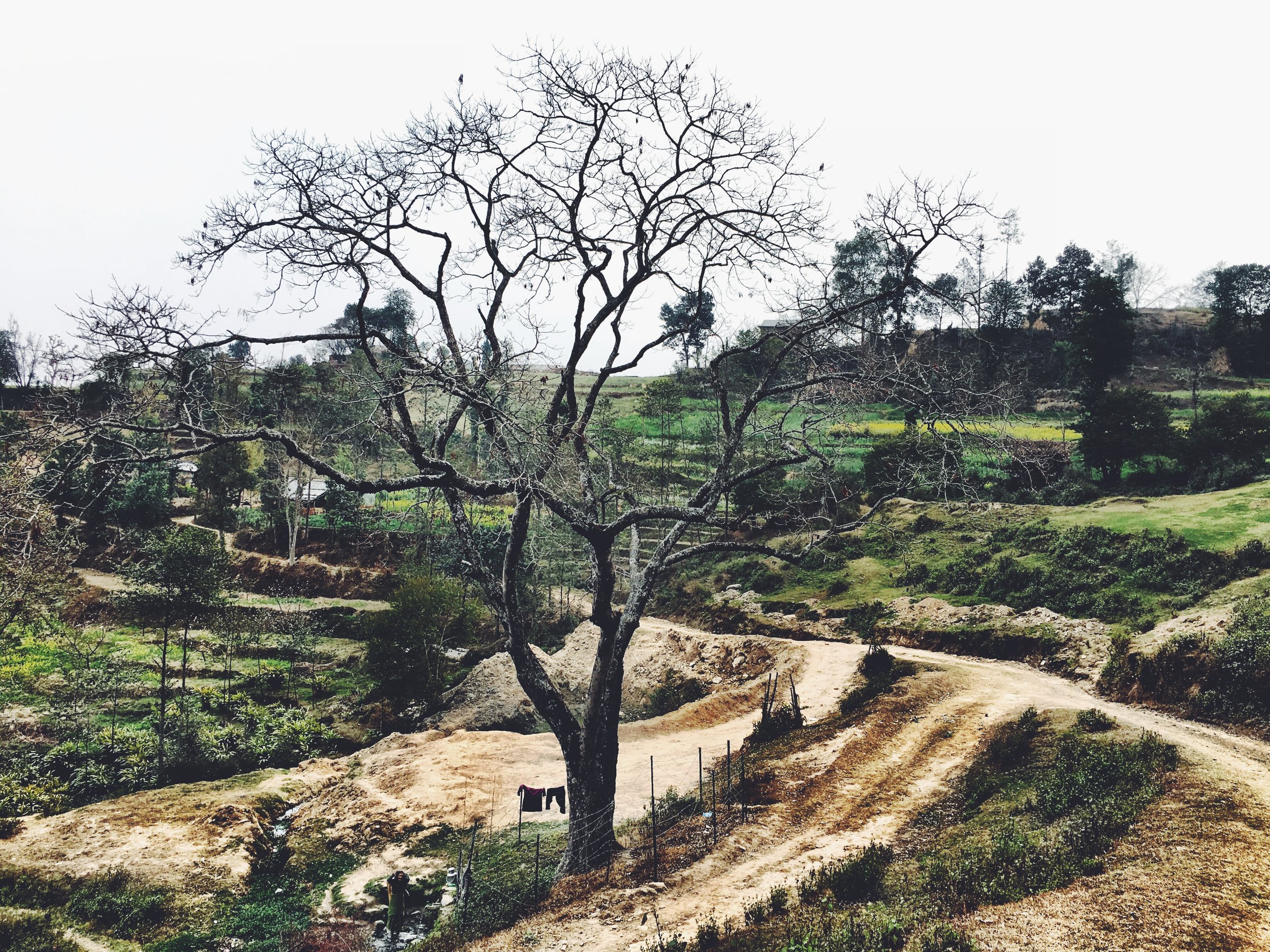An Act of Love - Guidelines for Developing Bioregional Sensibility
Excerpts from Loving Life Enough to Save It: Biophilia, Bioregional Sensitivity and Cosmopolitan Bioregionalism by Daniel Christian Wahl
To develop bioregional sensitivity — as a means to guide appropriate participation and inform the creation of a globally sustainable human civilization based on a cosmopolitan bioregionalism — is an act of love. In order to re-inhabit our local bioregions we have to fall in love with the unique way that life manifests through diversity in the place we call home. Only this love will guide us towards accepting, caring and nurturing action towards the community of life as a whole.
Thomas Berry believes that healthy communities adapted to their local bioregions will provide the context for “re-inhabiting the Earth.” In his vision, a bioregional focus for the shift toward appropriate participation in natural process and sustainability, directly reflects natural patterns of organization and the processes of life. Each individual bioregion consists of many co- operating communities, and there is a reciprocal relationship between these communities and their region, since they are mutually dependent on each other for their healthy co-existence. Berry emphasizes that while bioregional organization should aim to maximize self-reliance, no bioregion will ever be fully self-sufficient, since all bioregions depend on a healthy ecosphere and therefore “all bioregions are interdependent” (Berry, 1988, p.169).
The new science keeps reminding us that in this participative universe, nothing lives alone. Everything comes into form because of relationships. We are constantly called into relationship — to information, people, events, ideas, life. Even reality is created through our participation in relationships. We choose what we notice; we relate to certain things and ignore others. Through these chosen relationships we co- create our world. If we are interested in affecting change, it is crucial to remember that we are working with webs of relationships, not with machines (Wheatley, 1999, p.145).
Biophilia is the re-inhabitation of our larger self, the identification with all of life as the process that brings this world and our selves into being. The material and immaterial dimensions of reality reciprocate each other. We will not live differently if we don’t think and feel differently, but once we adopt a biophilic attitude and with it a salutogenic intention, this world will immediately be a very different place indeed. Since love is made manifest, like design, through the interactions and relationships we form with our immediate environment, our communities and ecosystems, it will first and foremost be expressed within the spatial context of our local bioregion (Daniel Christian Wahl).
Further, Mitchell Thomashow speaks of “bioregional sensibility” and calls for a “cosmopolitan bioregionalism.” He writes: “Developing the observational skills to patiently observe bioregional history, the conceptual skills to juxtapose scales, the imaginative faculties to play with multiple landscapes, and the compassion to empathize with local and global neighbours — these qualities are the foundations of a bioregional sensibility” (Thomashow, 1999, p.130).
The list below lists a series of perceptual guidelines for the development of bioregional sensibility and a cosmopolitan bioregionalism:
Study the language of the birds: Integrate language and landscape. Make the study of flora, fauna, landscape and weather a daily practice. Know what species coinhabit a community. Know who is just passing through and where they are going. Learn from the ecosystem. Tell stories about wildlife and landscape as a means of revitalizing the spirit and psyche, of honouring the diversity of species, of expanding the notion of community. Restore natural history to the collective memory so that it is no longer endangered knowledge.
Navigate the foggy, fractal coastline: Understand that different scales may yield contrasting observations and that different people will have various interpretations. Avoid the illusion of contrived stability. Local knowledge requires practitioner-based science and place-based wisdom, cadres of bioregional investigators who catalogue the dynamics of local environmentalchangein their home communities, who compare notes with their colleagues, who chart a steady course in the midst of complex, turbulent change.
Move within and without: Trace the ecological/economic pathways of every day commodities to fully understand the impact of globalisation — its benefits and threats. Consider the full matrix of citizenship, all the ways that speech, intentions, motivations and actions contribute to the formation of bioregional sensibility.
Cultivate a garden of metaphors: Pay attention to sensory impressions and their broader symbolic meaning. Find the metaphors of anxiety that illustrate the relationship between the psyche and the planet. Find the metaphors of wholeness that pervade good nature writing — fruitful darkness, turtle island, attentive heart, crossing open ground, the spell of the sensuous, the island within — and contemplate their meaning. Trace the ecology of imagination.
Honour diversity: Use different ways of thinking and various cultural perspectives as a conceptual lens. Understand the world through the eyes, ears, and nose of wild creatures. Incorporate multiple learning styles. Attend to difference by exploring what is common and learning from what remains different.
Practice the wild: Experience wild nature and wild psyche. Consider the stark reality of food chain. Observe how civilization can never keep the wild completely at bay. Let wild nature inform play, work, love and worship. Practice the wild to balance the civilized.
Alleviate global suffering: Have compassion for the chasm of despair. Find the holes in the bioregion, the places of darkness that require healing and attention. Understand how the fruits of affluence often hinge on the exploitation of the weak. See the world as it is, without blinders, transcending denial.
Experience planetary exuberance: Life bursts forth everywhere. It is an indomitable, ever-present, mysterious force that permeates every surface of the biosphere, every pore in your skin. Every life form is a unique expression of the poetic and the sublime.
In order to achieve a frame of mind that acknowledges the magnitude of global and personal change, cosmopolitan bioregionalism represents a way of integrating psyche and nature for the purpose of constructing meaning and interpreting the world. Reproduced and adapted from Thomashow, 1999, pp.130–132,
Thomashow stresses that such a bioregional sensibility “requires multiple voices of interpretation” and needs to be “open-ended and flexible” (Thomashow, 1999, p.130). The practice of bioregionalism is an attempt to form appropriate, accepting and loving relationships and interactions with the human and ecological communities that co-habit and co-create our local environment with us. Bioregionalism is an expression of biophilia — appropriate design!
Once we are aware of our fundamentally participatory and co-creative role, we recognize our local community and ecosystem and the bioregion that contains them as the appropriate scale of re-inhabitation. The world changes through local action everywhere!
Read the full article here! Loving Life Enough to Save It: Biophilia, Bioregional Sensitivity and Cosmopolitan Bioregionalism by Daniel Christian Wahl






